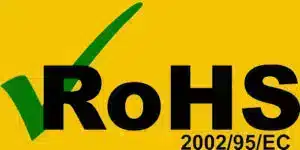When do you need ionisation?
The primary function of an ioniser is to neutralise electrostatic charges on insulators and isolated (non-grounded) conductors to reduce the magnitude of electrostatic discharges in the ESD protected area.
A common example of insulators and isolated conductors is a populated circuit board where the board is a process essential insulator and often components on the board are isolated (non-grounded) conductors. Most companies handling electronics have such sub-assemblies in their products.
Also as electronic components become more ESD sensitive, many companies will want to add ionisers to improve their previously acceptable ESD control program.
If the ESD control program has not used ionization then that should be considered. If the ESD sensitive items becomes charged, ionization will help neutralize the charge. The primary function of ionizers with regard to ESD sensitive items include:
- To remove / neutralize charges from process necessary insulators, which can charge ESD sensitive items, thus creating the potential for a damaging Charged Device Model event.
- Remember that the PCB substrate is a process necessary insulator and can become charged during automated handling processes.
- To remove / neutralize charges from a charged, isolated/floating conductor, which, when grounded can result in a potentially damaging CDM event.
- Remember that during automated handling processes, the ESD sensitive devices on the PCB are isolated or floating conductors.
Bondline provide a full range of ESD Ionizers to help to eliminate the build-up of static charges on non-conductors, ensuring a static-free work area. Click here to browse the range.

